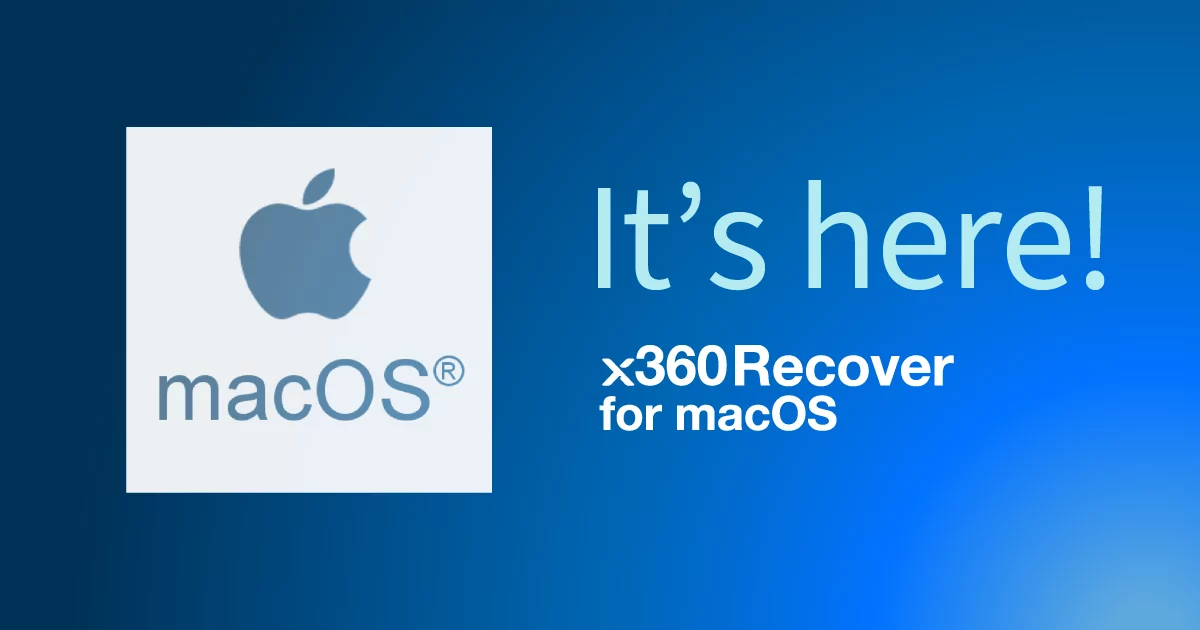
ARM Processing and Its Impact on MSPs
Advanced RISC Machine processors, or Arm processors, are advanced computer chips known for their efficiency and versatility. Initially designed for mobile and embedded devices, ARM processors are now adopted in cloud computing, cybersecurity applications, and data center settings. As MSPs aim to optimize performance, lower costs, and enhance security, Arm processing offers a compelling alternative to the traditional x86 architecture used in desktop computers, servers, and high-performance computing tasks. This blog explores Arm processing, its impact on cybersecurity and MSPs, and its future in IT infrastructure.
Table of Contents
Understanding the Benefits of Arm Processing
Arm processing relies on the Reduced Instruction Set Computing (RISC) architecture. RISC simplifies processor instructions, leading to faster execution and increased power efficiency. In contrast to the more complex x86 architecture, Arm processors are designed for streamlined operations, requiring fewer transistors and consuming less energy while maintaining high performance. Initially dominating the mobile and embedded device market, Arm processing has expanded into server environments, cloud computing, and edge computing due to its efficiency and scalability. Key characteristics include:
- Power efficiency: Arm chips use considerably less power than x86 processors, making them perfect for energy-conscious applications. For MSPs, this results in lowered energy costs for data centers, reduced cooling expenses, and a more sustainable IT infrastructure.
- Scalability: Arm’s modular design provides increased flexibility in hardware development, allowing for customized solutions for various computing needs and more efficient optimization of cloud deployments, edge computing solutions, and AI-driven workloads.
- Reduced attack surface: Compared to traditional x86 architectures, Arm processors have fewer instructions and less complexity, minimizing the attack surface and making Arm chips less susceptible to specific exploits that target vulnerabilities in complicated instruction sets.
- Risk mitigation: Arm-based processors have been less affected by security vulnerabilities such as Meltdown and Spectre, which impacted x86-based CPUs. As supply chains diversify and cybersecurity threats become more sophisticated, Arm processing provides an alternative with fewer known hardware-level vulnerabilities.
- Heightened security: Strengthen cybersecurity with integrated security features and architecture-level mitigations inherent in Arm processing. This enables MSPs to tackle specific vulnerabilities, enhancing their capacity to safeguard client data, prevent cyber threats, and meet regulatory requirements through hardware-enforced security.
- Optimized performance: Arm processing is particularly well-suited for containerized applications, AI inference, and serverless computing. By leveraging Arm-powered solutions, MSPs managing these workloads can expect reduced latency and increased cost savings.
Going Green with Arm Processing
Sustainability is becoming an essential consideration in IT decision-making, and for MSPs, it offers an opportunity beyond mere cost savings. Clients and businesses increasingly seek environmentally conscious service providers, and showcasing sustainability efforts can be a powerful differentiator in the competitive market. MSPs prioritizing green computing can lower operational costs, attract eco-friendly clients, enhance brand reputation, and boost client loyalty.
- Lower your energy consumption: Arm processing’s power-efficient design results in lower electricity usage, which reduces operational costs for data centers and cloud environments. MSPs running Arm-based infrastructure can benefit from lower power consumption and a smaller carbon footprint.
- Minimize your cooling needs: Traditional x86 servers generate significant heat, necessitating large cooling systems. In contrast, Arm servers produce less heat, decreasing the reliance on energy-intensive cooling solutions and promoting greener data centers. This enables MSPs to invest in more sustainable infrastructure and comply with environmental regulations that increasingly influence IT policies.
- Sustainably manufacture your hardware: Arm processors’ lower transistor count requires fewer raw materials and less energy for production. As global supply chain sustainability becomes a priority, Arm’s manufacturing efficiency and long service life make it an appealing choice. MSPs promoting eco-friendly services may gain an advantage by aligning with organizations dedicated to sustainability goals.
The Future of Arm Processing in MSP Environments
The adoption of Arm-based processing solutions in IT is accelerating, and MSPs should anticipate further innovations in the space. Hyper-scalers like AWS, Azure, and Google Cloud are investing heavily in Arm-based servers, signaling a shift toward Arm processing in cloud computing and data center operations. This increased adoption means MSPs will have greater access to Arm-powered cloud infrastructure, providing their clients with cost-effective and sustainable hosting options. Furthermore, the software ecosystem is rapidly expanding, with vendors optimizing applications for Arm architecture. This growing compatibility with popular MSP tools, including virtualization platforms, backup and disaster recovery (BDR) solutions, and cybersecurity applications, enhances the feasibility of widespread Arm processing.
Advancements in AI and machine learning are also shaping the future of Arm processing. With dedicated Neural Processing Units (NPUs) and low-power AI inference capabilities, Arm processors are becoming essential for AI-driven workloads. As AI continues to play a crucial role in cybersecurity, automation, and predictive analytics, MSPs utilizing Arm-powered AI solutions will gain a competitive advantage. Furthermore, ongoing innovations from companies like Apple, NVIDIA, and Qualcomm are driving the development of various Arm-based server hardware and cloud solutions. As competition in the Arm market intensifies, MSPs can anticipate more powerful, energy-efficient, and cost-effective computing options tailored to their needs.
Arm Processing Protection with Axcient
Axcient is actively integrating Arm processing protection into our comprehensive business continuity and disaster recovery (BCDR) solutions to give MSPs more control over efficiency, security, and resource allocation. Currently, Axcient’s x360Recover platform supports Arm-powered environments, enabling MSPs to leverage the benefits of Arm processors.
In December 2024, Axcient released x360Recover Windows Agent 3.9.0, which enhances Arm compatibility in our BCDR solutions. This update ensures that MSPs can protect and recover data from Arm-based Windows devices, thus expanding their ability to support diverse environments. Internally called the “xCloud Agent,” version 3.x is built on a consolidated codebase that supports Windows, Linux, and macOS from a single source tree. Axcient’s existing Linux and macOS agents, utilizing the xCloud Agent framework, have already been released. This agent is the first version of the Windows agent made available to partners.
- xCloud Agent 3.9.0 is explicitly targeted at Windows Arm x64 systems.
- Later release: Version 3.11.0 will target general Windows release to all Intel/AMD (could they merge?!) and arm platforms.
- Features: Native ARM64 agent for Windows on Arm CPUs and full system block-level image-based backups of Windows Arm systems.
- Not supported: Virtualization (emulation of Arm on Intel CPUs is too slow), AutoVerify (requires virtualization), and an Arm-native bare metal recovery (BMR) ISO image. BMR of Arm systems can be performed using an Intel/Amd system and a USB-attached hard drive to recover data.
Looking ahead, Axcient is committed to optimizing performance for Arm-based cloud workloads and enhancing Arm-native cybersecurity defenses. Future updates will include broader support for Arm-powered servers and increased integration with cloud-native backup solutions.
Moving Toward Arm Processing
Arm processing represents a paradigm shift in IT infrastructure, delivering powerful efficiency, security, and sustainability advantages. For MSPs, adopting Arm technology means lower costs, enhanced cybersecurity, and a greener footprint – critical factors in today’s IT landscape. As Arm adoption grows, MSPs that embrace this technology early will be better positioned to offer innovative, future-proof solutions. With Axcient’s commitment to leveraging Arm processing for business continuity and disaster recovery, MSPs can confidently deploy solutions that drive growth and sustainability.
Author
Related posts
How well could you sleep with reliable cloud-based backups and recovery?
Take a deep dive into Axcient’s proprietary, automated security features to see how we’re ensuring uninterrupted business continuity — no matter what:




